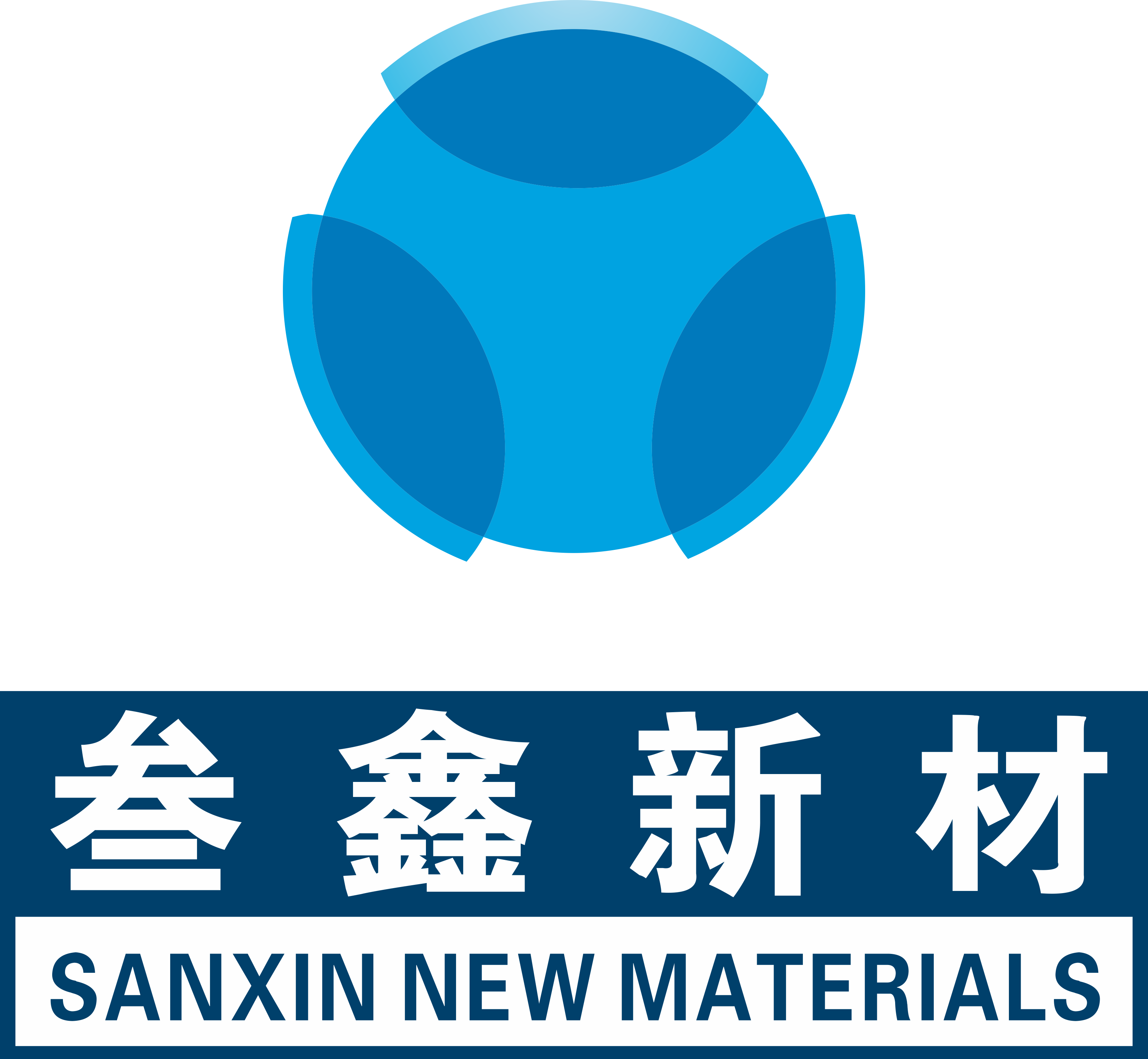Does e-ink use power?
Electronic ink technology is the electronic ink coated on a layer of plastic film, and then attached to the thin film transistor (TFT) circuit, through the drive IC control, the final formation of pixel graphics.

The black-and-white e-ink screen, for example, consists of millions of microcapsules, each containing electrophoretic particles, a negatively charged white particle and a positively charged black particle.
If we change the electric field, the black or white particles in the corresponding region will move to the top, according to the principle of "like repel and unlike attract." From the outside, the area can be seen turning white or black. This is the basic principle of e-ink technology.
On this basis, e-ink screens have two huge advantages over other screens.
First, the picture can last for a long time without power supply, only when switching the picture will consume power. So e-ink screens are very power-efficient to use, and for some e-ink screens, the picture can last for months or even more than a year.
Second, like paper, it is a "reflective" reading medium. Current screens are either backlit or self-lit. Backlit light source or spontaneous light through the screen directly into the user's eyes, so that the user can see the image displayed on the screen. The result is dry eyes after too much screen time. E-ink screens, on the other hand, look and feel similar to ink on paper, using ambient light to reflect the image.

Electronic ink screen and NFC combination
NFC is short for near field communication technology. In our life, such as access card and bus card, NFC technology is used, which is a very mature technology. But what many people may not know is that NFC technology can transmit small amounts of electricity. This is actually why NFC can do some passive circuit solutions.
For example, the "digital name tags" used in this Winter Olympics have no internal battery and can be used to communicate with the mobile phone's NFC function.
This design has a number of obvious advantages:
NFC is used for communication and power supply, so the product does not need any physical interface to connect to the outside world. More durable and reliable.
And the shortcomings of this combination is more obvious, such as in the official introduction of such an introduction "from the business card printing, swiping to take the card only need 10 seconds", this sentence literally can be understood as very convenient to use. But from a technical standpoint, it takes 10 seconds to refresh a 3.7-inch e-ink screen, which exposes NFC to very little power. While the amount of power needed to change an e-ink screen is already very small, NFC transfers even less power.
This means that the combination of e-ink and NFC is not very suitable for large screens. At a rough calculation, a screen 10 times larger than 3.7 inches would take at least 100 seconds to complete a refresh. This is basically an unavailable situation.
However, if you do encounter large screen usage scenarios, you should still consider external power or battery. But if you have an external power supply or battery, NFC is not really necessary. It's much easier to transmit screen data via Bluetooth or the Internet.
Looking forward to
The current use of e-ink screens is actually focused on e-readers such as the Kindle. In such scenarios, the advantages of low power consumption and good reading view of the E ink screen can be played.
As for the combination of E-ink screen and NFC, at least under the current technology conditions, it is only suitable for small screen size, the application scope is still narrow.
E-ink screens are still a niche market and will not be widely available on other digital devices (such as mobile phones) anytime soon. Because of its imaging principle, e-ink screens refresh much slower than normal screens. Do 30HZ is precious, and at present, other screens 60Hz is already the basic configuration, and there is no lack of 90Hz, 120Hz or even higher refresh rate screen on the market.
Another aspect is color, although there are color versions of e-ink screens, they are far less colorful than normal screens.





